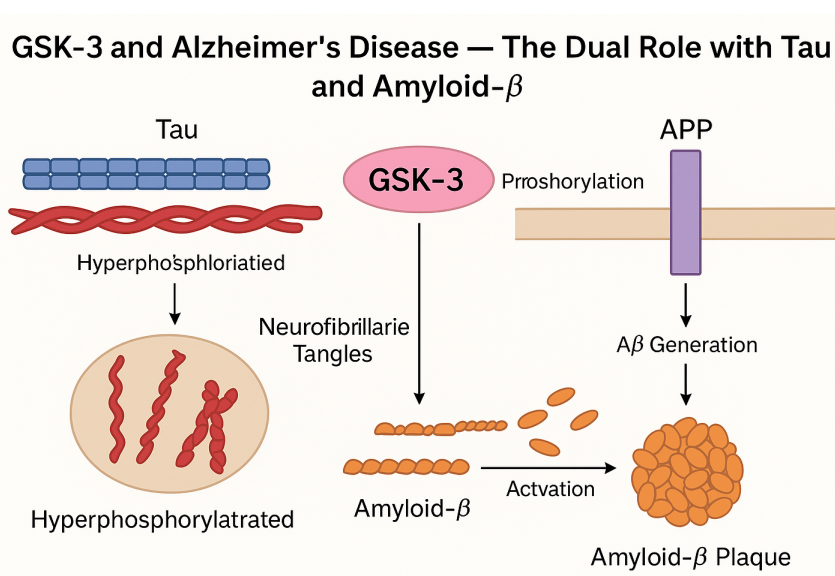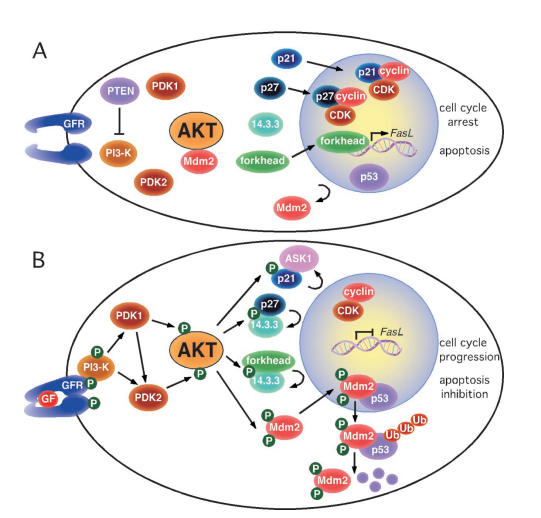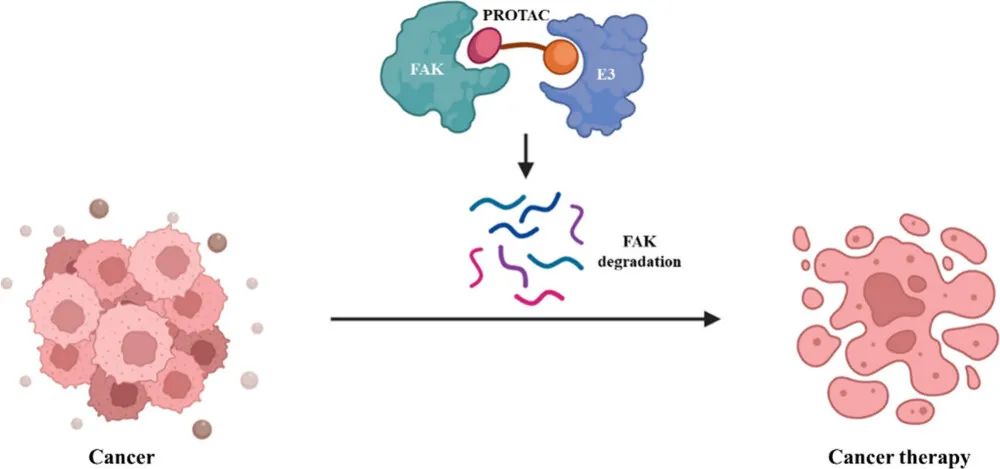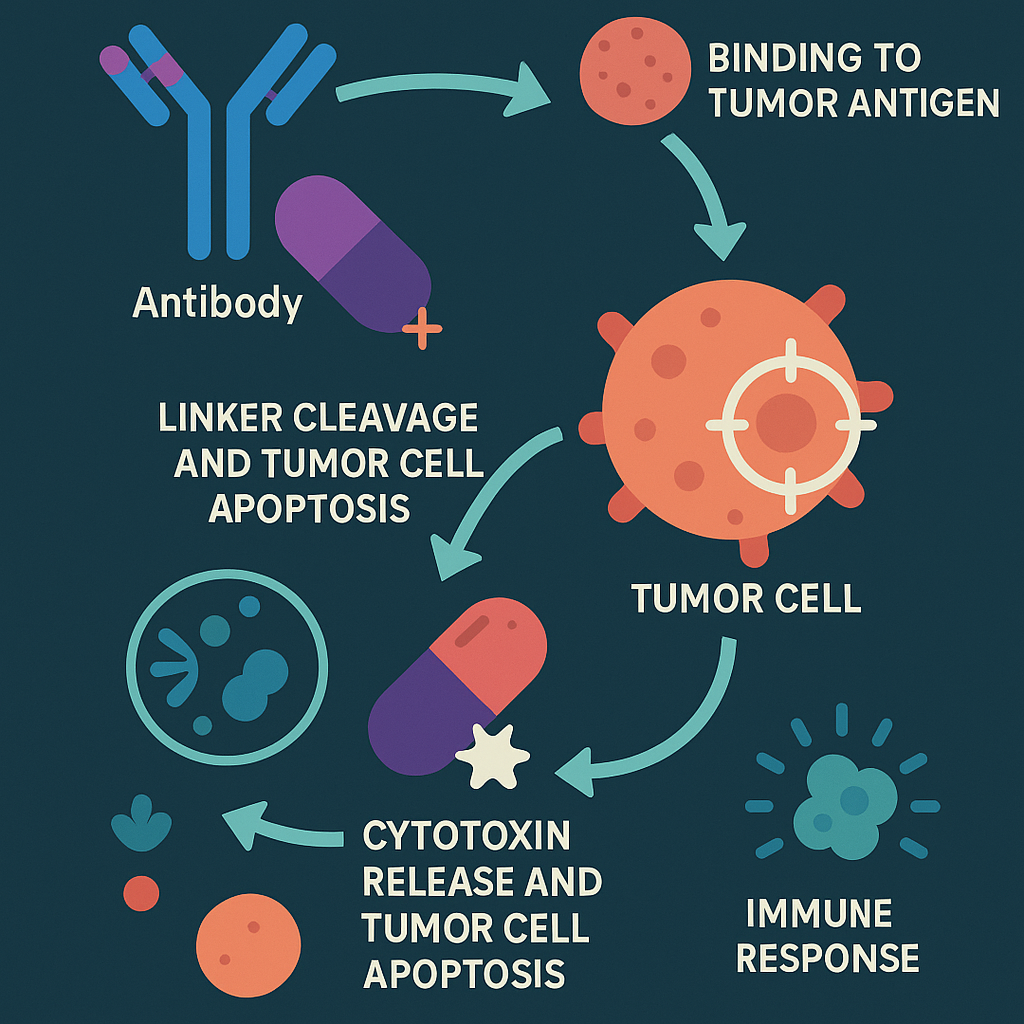Cholesterol-lowering Star - PCSK9 Inhibitors
Abstract
PCSK9 inhibitors are a class of drugs used to lower LDL cholesterol levels. They work by blocking the PCSK9 enzyme, which normally hinders the liver’s ability to remove LDL cholesterol from the bloodstream. By inhibiting PCSK9, these medications increase the number of LDL receptors on liver cells, allowing for more effective clearance of LDL cholesterol. This class of drugs has shown significant promise in managing high cholesterol levels, particularly in individuals with familial hypercholesterolemia or those with a history of cardiovascular disease.
The definition and role of PCSK9
PCSK9, or Proprotein Convertase Subtilisin/Kexin type 9, is an enzyme primarily produced in the liver. Its pivotal role lies in the regulation of low-density lipoprotein cholesterol (LDL-C) levels within the bloodstream. This enzyme plays a crucial part in the intricate process of cholesterol metabolism. Maintaining optimal levels of LDL cholesterol is of paramount importance for cardiovascular health. LDL cholesterol is often referred to as “bad cholesterol” because elevated levels are associated with a heightened risk of atherosclerosis, coronary artery disease, and heart attacks. It tends to accumulate on the arterial walls, leading to plaque formation, which can ultimately obstruct blood flow and precipitate severe cardiac events.
The introduction of PCSK9 inhibitors marked a significant milestone in the field of lipid-lowering therapy. These inhibitors represent a novel class of medications designed to specifically target and neutralize the PCSK9 enzyme. By doing so, they enhance the liver’s capacity to remove LDL cholesterol from the bloodstream. This is achieved through an increase in the number of LDL receptors on the surface of liver cells, facilitating the clearance of excess cholesterol.
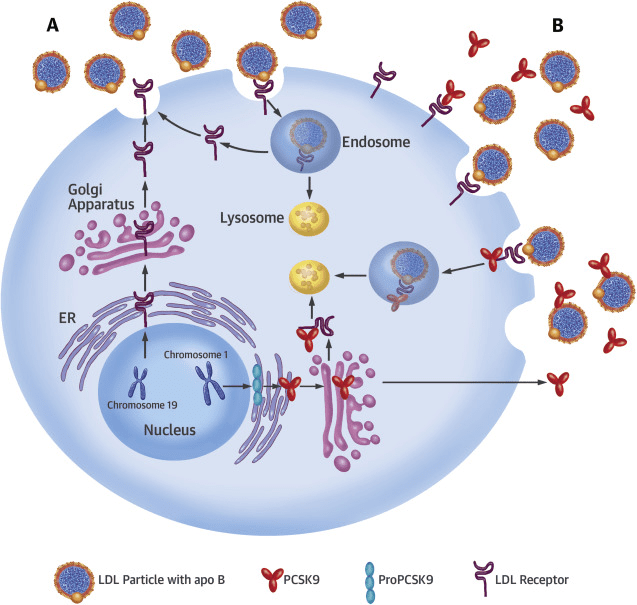
Fig 1. The PCSK9 Lifecycle and Effect on LDL Catabolism [1].
The development of PCSK9 inhibitors
It was in the early 2000s when scientists identified PCSK9 as a key player in cholesterol regulation. Researchers uncovered its role in modulating LDL receptor levels in liver cells, shedding light on a potential target for cholesterol-lowering therapies. The subsequent development and approval of PCSK9 inhibitors represented a breakthrough in pharmaceutical science. In the mid-2010s, after rigorous clinical trials and extensive research efforts, the first two PCSK9 inhibitors, alirocumab (Praluent) and evolocumab (Repatha), received regulatory approval. These medications were hailed for their specific targeting of PCSK9, offering a novel approach to lowering LDL cholesterol levels in individuals who struggled to achieve adequate control through conventional means.
With their approval, PCSK9 inhibitors found their initial clinical applications primarily in individuals with familial hypercholesterolemia, a genetic condition characterized by extremely high levels of LDL cholesterol. They also proved beneficial for patients with a history of cardiovascular disease who hadn’t achieved their target cholesterol levels with statins or other lipid-lowering therapies. These early applications demonstrated the remarkable efficacy of PCSK9 inhibitors in reducing LDL cholesterol, offering renewed hope for those at high risk of cardiovascular complications.
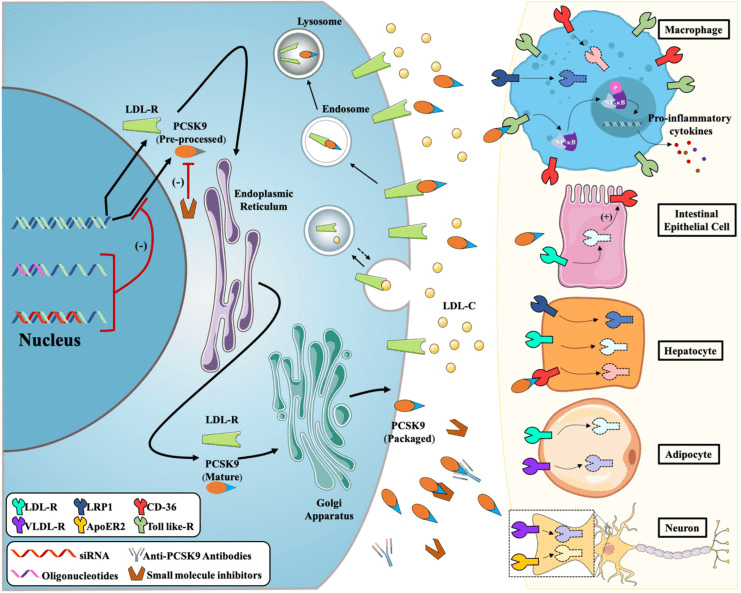
Fig 2. Molecular mechanisms of PCSK9 inhibitors with different strategies [3].
The action mechanism of PCSK9 inhibitors
PCSK9 inhibitors operate on a precise and crucial mechanism to effectively lower LDL cholesterol levels in the bloodstream. Proprotein Convertase Subtilisin/Kexin type 9 (PCSK9) is a protein that plays a pivotal role in cholesterol metabolism. It works by binding to LDL receptors on the surface of liver cells, marking them for degradation and preventing them from participating in the process of LDL cholesterol clearance.
PCSK9 inhibitors disrupt this process by specifically targeting and neutralizing the PCSK9 enzyme. By doing so, they prevent PCSK9 from binding to the LDL receptors, allowing these receptors to remain active on the liver cell surface. This, in turn, enhances the liver’s ability to remove LDL cholesterol from the bloodstream. The result is a substantial reduction in LDL cholesterol levels, contributing significantly to the overall management of hypercholesterolemia and reducing the risk of cardiovascular complications. This precise mechanism of action underscores the effectiveness and promise of PCSK9 inhibitors in the realm of lipid-lowering therapy.
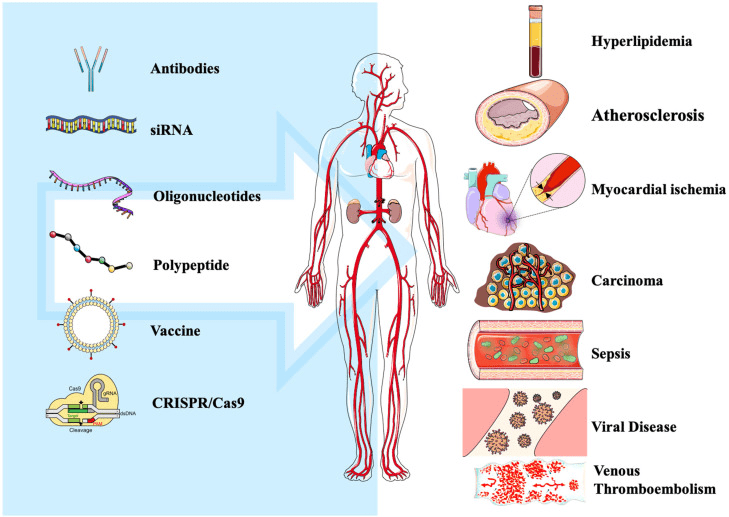
Fig 3. Application of PCSK9 inhibitors with different strategies in disease [3].
Classification of PCSK9 Inhibitors
PCSK9 inhibitors, crucial in the management of cholesterol levels, are categorized into four distinct groups. Firstly, Monoclonal Antibody (McAb) inhibitors, exemplified by alirocumab and evolocumab, directly impede the interaction between PCSK9 and LDL receptors (LDL-R). By doing so, they halt the degradation process of LDL-R, leading to a reduction in LDL cholesterol (LDL-C) levels. Additionally, Analog Peptides play a similar role by obstructing the binding of PCSK9 to the EGF-A domain of LDL-R.
Secondly, Nucleic Acid drugs encompass antisense oligonucleotides (ASOs), small interfering RNAs (siRNAs), and CRISPR/Cas9 gene editing systems. ASOs specifically bind to the mRNA of the target PCSK9 gene, curtailing its expression. Similarly, siRNA interferes with the degradation of specific mRNA sequences, thereby inhibiting PCSK9 gene expression and subsequent protein synthesis. The CRISPR/Cas9 system reduces PCSK9 gene expression by inducing DNA double-strand breaks, triggering error-prone repair mechanisms.
Thirdly, Small Molecules, like BMS-962476, function by impeding the biological activity of PCSK9. They do this by preventing the binding of PCSK9 to LDL-R, resulting in the disruption of subsequent sorting and degradation processes, ultimately increasing receptor circulation and LDL uptake.
Lastly, Vaccine Drugs, exemplified by the L-IFPTA + vaccine, work by inhibiting circulating PCSK9 activity. This classification provides a comprehensive overview of the diverse strategies employed in PCSK9 inhibition, offering valuable insights for further research and development in this field.
The Advantages of PCSK9 Inhibitors
(1) Significant Cholesterol-Lowering Effects and Reduced Risk of Cardiovascular Disease:
PCSK9 monoclonal antibodies can reduce average LDL-C levels by 50%-70%. They also lower lipoprotein(a), apolipoprotein B, triglycerides, very low-density lipoprotein, and plasma free PCSK9, leading to a notable decrease in major adverse cardiovascular events (MACE). Studies have shown that when combined with statins (+/- ezetimibe), the addition of evolocumab can further lower LDL-C by 59%, and alirocumab can achieve an additional reduction of 55%. Both significantly reduce the relative risk of MACE by 15%. Inclisiran, when used in combination with statins, can lower LDL-C levels by approximately 50%. However, as clinical outcome studies for Inclisiran are not yet concluded, there is a lack of clinical evidence for cardiovascular disease benefits.
(2) Good Safety and Tolerance:
Apart from injection site reactions, the safety profile of PCSK9 inhibitors is comparable to the placebo group. Current research indicates no increased risks of muscle toxicity, elevated liver enzymes, neurocognitive events, or new-onset diabetes. Serious side effects are rare. Due to the relatively short time since market availability, long-term safety and tolerance require further clinical validation.
(3) Low Dosage Frequency and High Compliance:
PCSK9 monoclonal antibodies like evolocumab and alirocumab, administered once or twice a month, exhibit relatively higher compliance compared to daily oral formulations. Inclisiran, a small interfering RNA (siRNA) administered twice a year, offers easy lipid reduction and higher compliance. The vaccine-like dosing frequency and method of Inclisiran (injection once or twice a year) have playfully earned it the nickname “lipid vaccine” among the public.
Summary and Outlook
In the realm of small molecule PCSK9 inhibition, the future holds exciting prospects and burgeoning innovations. Researchers are diligently exploring novel compounds and refining existing ones to enhance their efficacy and safety profiles. One prominent avenue of investigation lies in the development of next-generation small molecules with improved bioavailability, allowing for more convenient dosing regimens. Additionally, scientists are delving into combination therapies, seeking synergistic effects when small molecule inhibitors are used in conjunction with other lipid-lowering agents. This strategic approach aims to achieve even more potent reductions in LDL cholesterol levels, offering a multifaceted approach to managing hypercholesterolemia.
Furthermore, there is a growing interest in personalized medicine within the field of PCSK9 inhibition. Tailoring treatment strategies based on individual patient characteristics and genetic profiles holds promise for optimizing therapeutic outcomes. As precision medicine gains momentum, it’s anticipated that small molecule PCSK9 inhibitors will play a pivotal role in the tailored management of cholesterol disorders.
Reference:
- Rosenson, R. S., Hegele, R. A., Fazio, S., & Cannon, C. P. (2018). The Evolving Future of PCSK9 Inhibitors. Journal of the American College of Cardiology, 72(3), 314–329.
- Xu, S., Luo, S., Zhu, Z., & Xu, J. (2019). Small molecules as inhibitors of PCSK9: Current status and future challenges. European journal of medicinal chemistry, 162, 212–233.
- Liu, C., Chen, J., Chen, H., Zhang, T., He, D., Luo, Q., Chi, J., Hong, Z., Liao, Y., Zhang, S., Wu, Q., Cen, H., Chen, G., Li, J., & Wang, L. (2022). PCSK9 Inhibition: From Current Advances to Evolving Future. Cells, 11(19), 2972.
- Maligłówka, M., Kosowski, M., Hachuła, M., Cyrnek, M., Bułdak, Ł., Basiak, M., Bołdys, A., Machnik, G., Bułdak, R. J., & Okopień, B. (2022). Insight into the Evolving Role of PCSK9. Metabolites, 12(3), 256.

